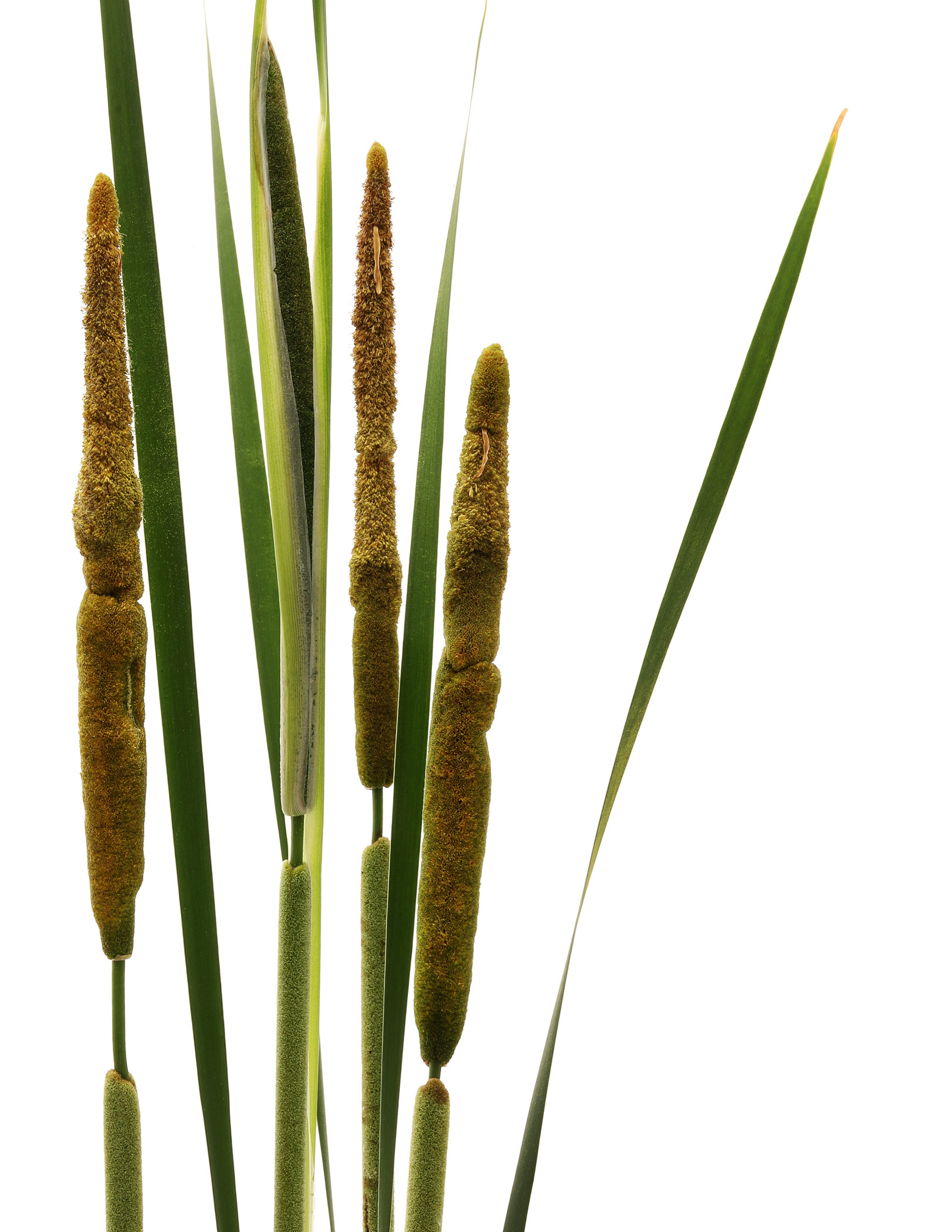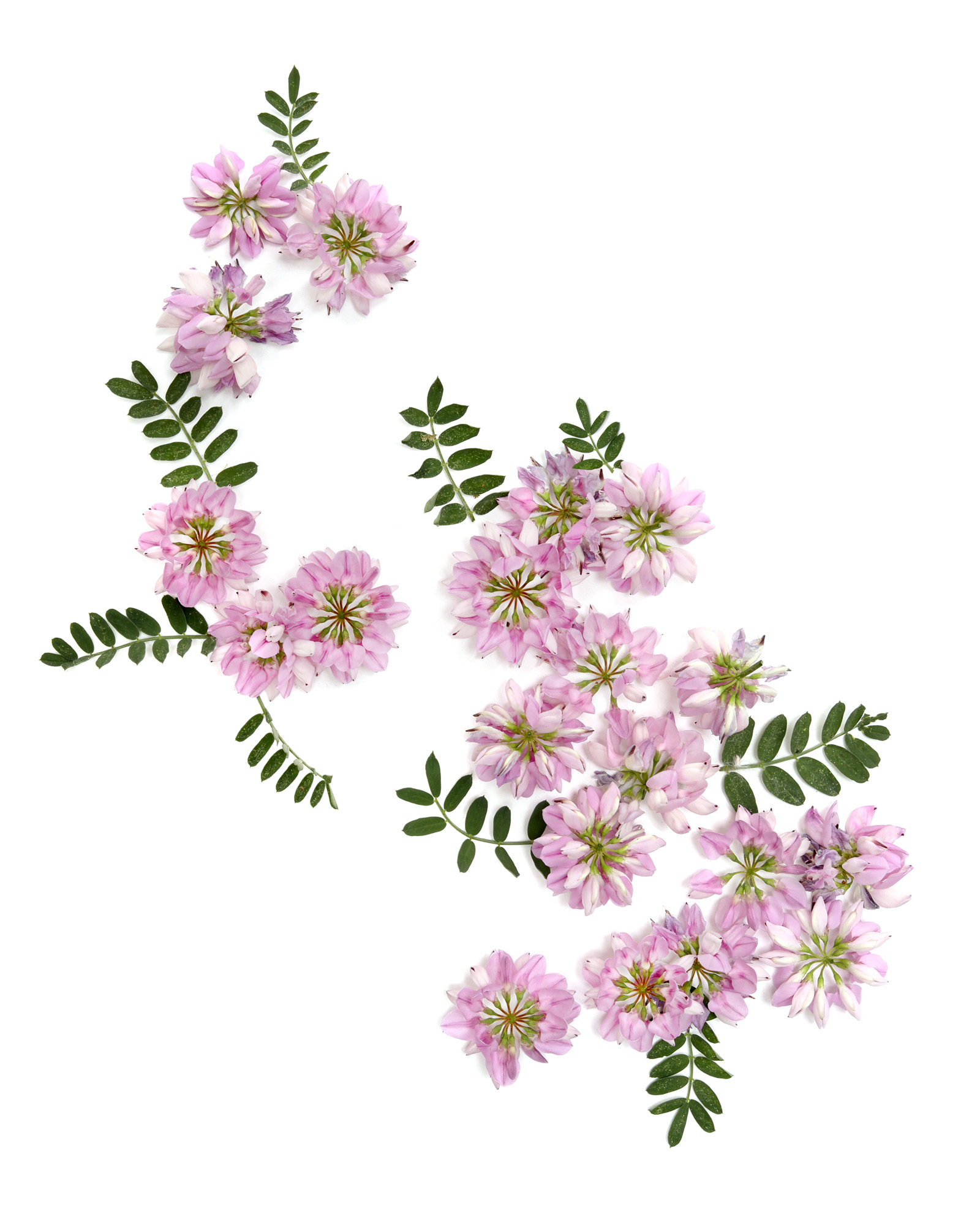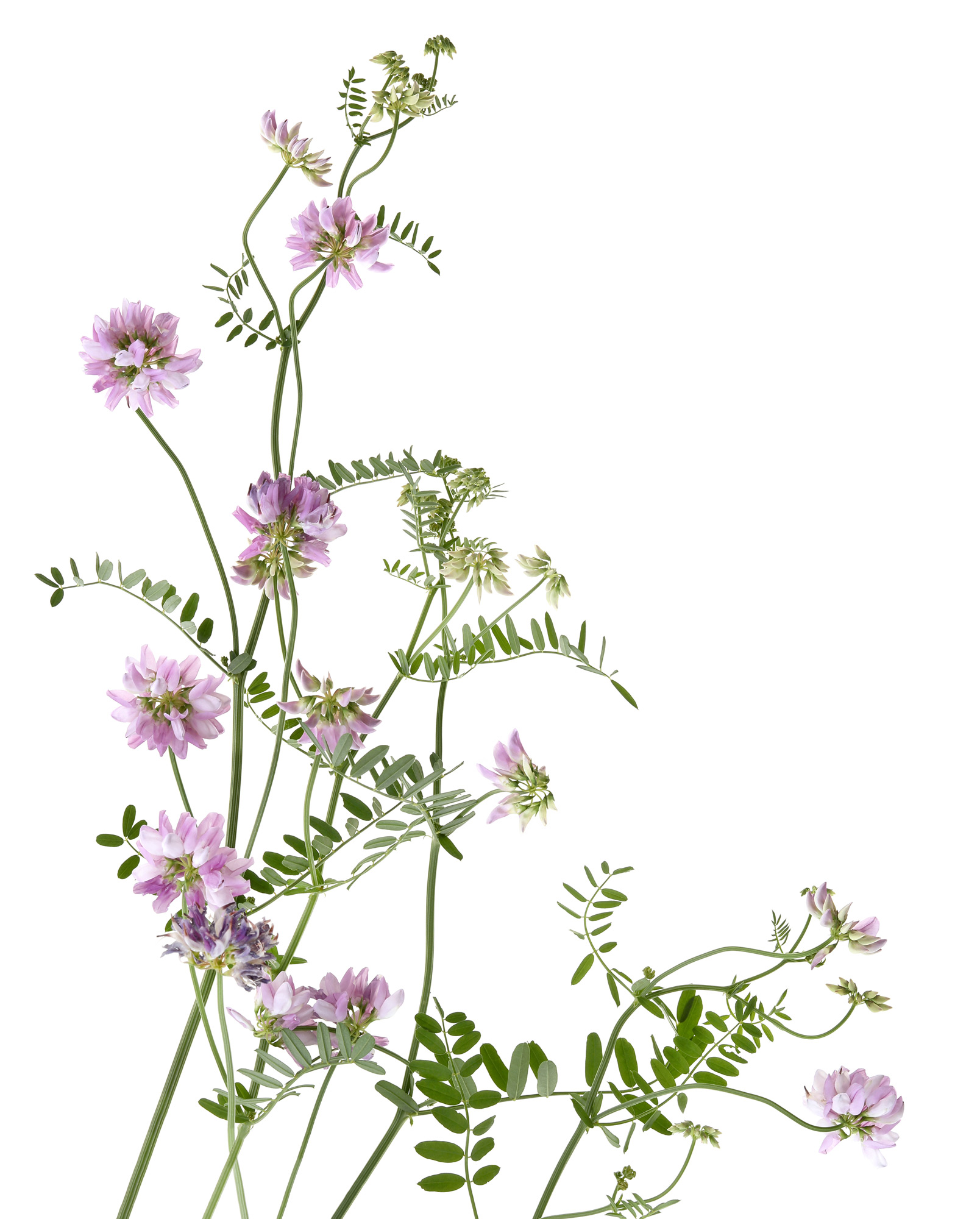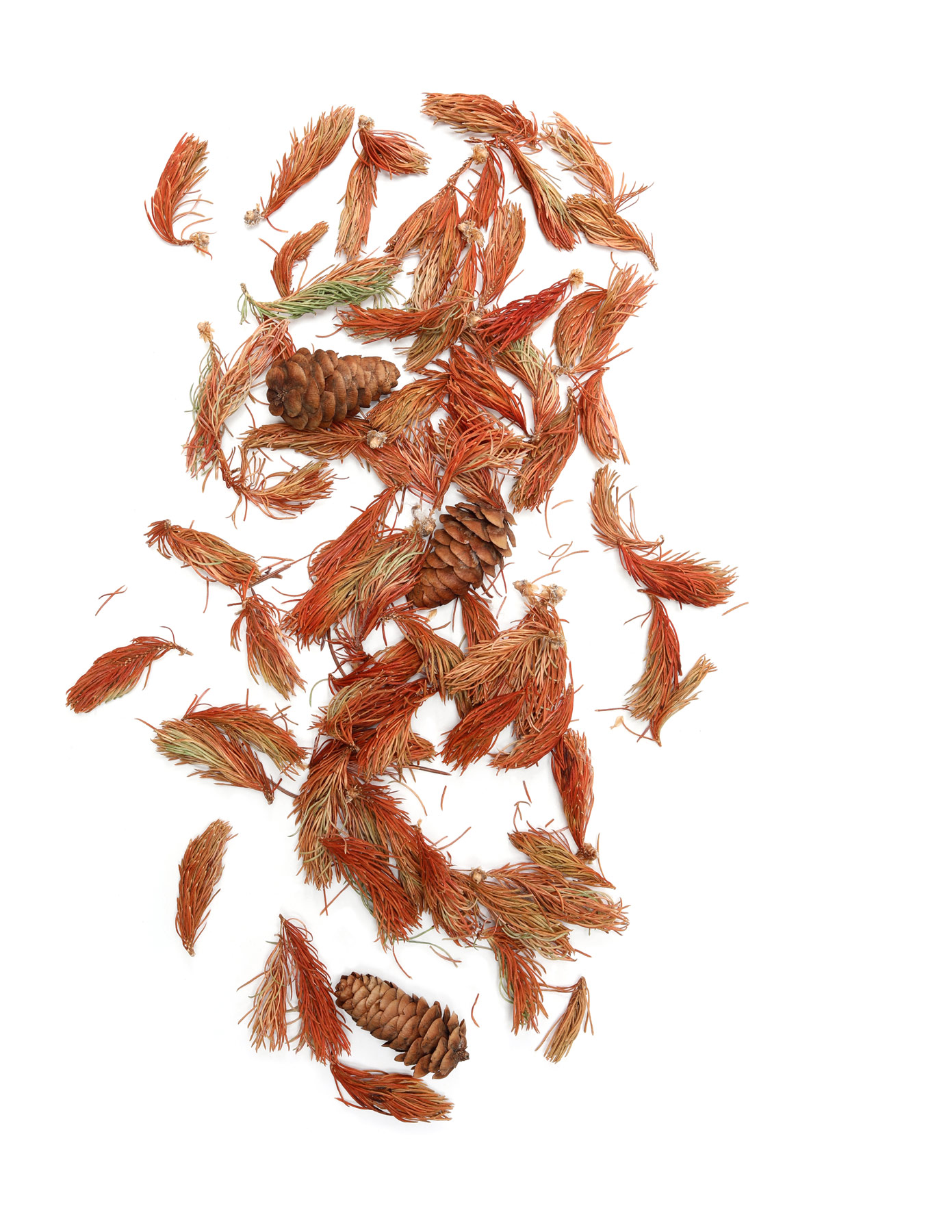
flowers that don’t look like flowers
my cattails are flowering. they are not particularly pretty, but i think they’re interesting. cattails are monoecious, which means that both male and female flowers appear on the same plant. the male flowers are at the top of the plant with the female part just below. see the little gap between the two cylinders? the lower (female) spike is the one that turns into the brown sausage in fall. after releasing their pollen, the male flowers wither and fall off, leaving the characteristic tan-colored furry fruiting spikes. both the pollen and the flowers of the male clusters are edible (the tiny flowers are packed along the cylinder–grab one and squish it between your fingers to see the flowers). after i took this photo, i stripped the male flowers into a bowl, and i am saving them for my salad tonight. this is the first time i am trying it. they are supposedly somewhat flavorless but loaded with protein.
p.s. heads up, tomorrow is the summer solstice. 16 hours of daylight in the northern hemisphere. anyone have any solstice rituals they want to share?
cattails in bloom (typha)

illuminated floating orbs
the other night i was driving home from book group at 10:30 PM, and my headlights kept illuminating these goatsbeard orbs. now, i am 59 years old, and my eye sight is starting go, so night time driving is already a little tricky. and then to have these floating softball sized orbs accompanying me all the way home was a bit surreal. i knew it was roadside goatsbeard. but it still felt magical, nonetheless. it did nothing to diminish my love of goatsbeard.
goatsbeard seed-head (salsify/Tragopogon)

stolen focus
i finished my book Stolen Focus by johann hari. the conclusion does a great job of summarizing both the personal things we can do to improve our frayed attention, and also outlines the bigger systemic problems we need to address. i am sharing this one paragraph on what we can do at the individual level. but hari warns that that will only get you 30% improvement at best, as the bigger problems are systemic, and need to be addressed collectively. nevertheless, i thought this list was interesting, so i am sharing it with you in hopes that it piques your interest enough to read the book:
“Your ability to develop deep focus is, I have come to believe, like a plant. To grow and flourish to its full potential, your focus needs certain things to be present: play for children and flow states for adults, to read books, to discover meaningful activities that you want to focus on, to have space to let your mind wander so you can make sense of your life, to exercise, to sleep properly, to eat nutritious food that makes it possible for you to develop a healthy brain, and to have a sense of safety. And there are certain things you need to protect your attention from, because they will sicken or stunt it: too much speed, too much switching, too many stimuli, intrusive technology designed to hack and hook you, stress, exhaustion, processed food pumped with dyes that amp you up, polluted air.”
— Stolen Focus: Why You Can’t Pay Attention–and How to Think Deeply Again by Johann Hari
STILL has been my personal antidote to the attention economy. somewhat subconsciously i designed a project that gave me meaningful activity and a portal into deep play. it requires me to walk, and thereby mind-wander on a daily basis. it checks a lot of the boxes that hari recommends. i did this intuitively 11 years ago. but it is is not rocket science. i think it is a recipe many of you could use if you are feeling fractured and unfocussed. my own experiment, with STILL, supports hari’s conclusions. my bigger concern now is how we protect the kids.
crown vetch (Securigera varia)

nothing to do with vetch
vetch is blooming in massive heaping mounds along all our roadsides. i love vetch (the flowers and the leaves both make me happy). but rather than waxing poetic about vetch and all the plants in the legume (pea) family, i want to tell you about a book i am reading.
i am reading a book called Stolen Focus by johann hari. it has held me captivated for two days. he does a deep dive into every possible way we could find (through exhaustive research and expert interviews) in order to try and wrap his mind around what has been happening to our collective ability to concentrate and focus. here are all the factors he discusses:
- the cost of constant interruptions (switching) on our cognitive abilities
- reduction in/fragility of our ability to achieve flow states
- lack of sleep (leading to the brains inability to clear toxins and due necessary repairs and meaning making)
- reduction in reading (especially long fiction)
- reduction of mind-wandering (due to time pressures)
- Big Tech–algorithms specifically designed to encourage engagement
- (corporate) movements to lead individuals to believe the problems are personal failings, and not systemic problems
- increased stress putting us into continuous states of “hyper-vigilance”
- poor nutrition (leading to inadequate brain development)
- exposure to toxins (known and yet unknown) in our air and our food proven to reduce cognitive abilities
- reduction in physical and psychological freedom in childhood
if this list is at all interesting to you, i recommend the book. i have two chapters to go. so i am hoping he offers some advice for individuals who feel frustrated and want to take action. even if he doesn’t, the book is worth a read. because we can only effect change when we are informed. and this book is a good place to start.
crownvetch (Securigera varia)

rain, rain, don’t stay away
a typical northern summer has hot days, and cool nights with regular thunderstorms and soaking rains. regular rains means we can grow lush gardens in mere months without irrigation. the fertility of upper midwest is not just the meters of nutrient rich soil left behind by the last ice age, it is also the abundance of fresh water–in all it’s forms. my daughter lives in california now, and one of things she misses the most are summer thunderstorms–the sudden drop in temperature as the cold fronts passes over, the darkening of the sky, the distant rumble of thunder, and then the warm, wet rain. and let’s not forget the loamy smell of of the wet earth the next morning. it’s a beautiful, life-giving, pattern. and for the past several years, it has been…inconsistent. it seems each year we have at least one long stretch of drought (which we are experiencing right now). it is stressing the native plants, especially the trees. i found these dried up spruce tips hanging like frozen tassels on end a mature spruce yesterday. the bright orange color attracted my attention, but on inspection i realized it was this year’s new growth dried up on the tip of each branch. the orange tassels against the otherwise green branches were beautiful. hauntingly so.
dried spruce tips



Totally fascinating. Thank you.
Very interesting, I like it when you share all the info about your subjects. I read somewhere that Indians used the fluff for absorption in baby diapers.
No solstice rituals. How about you?